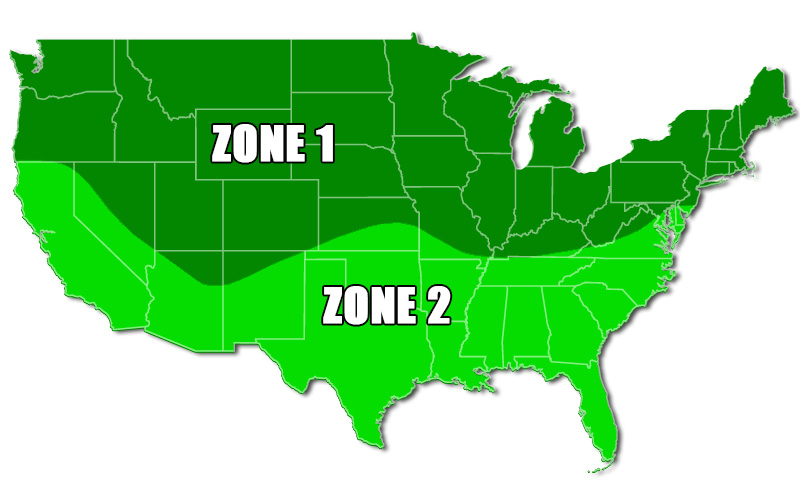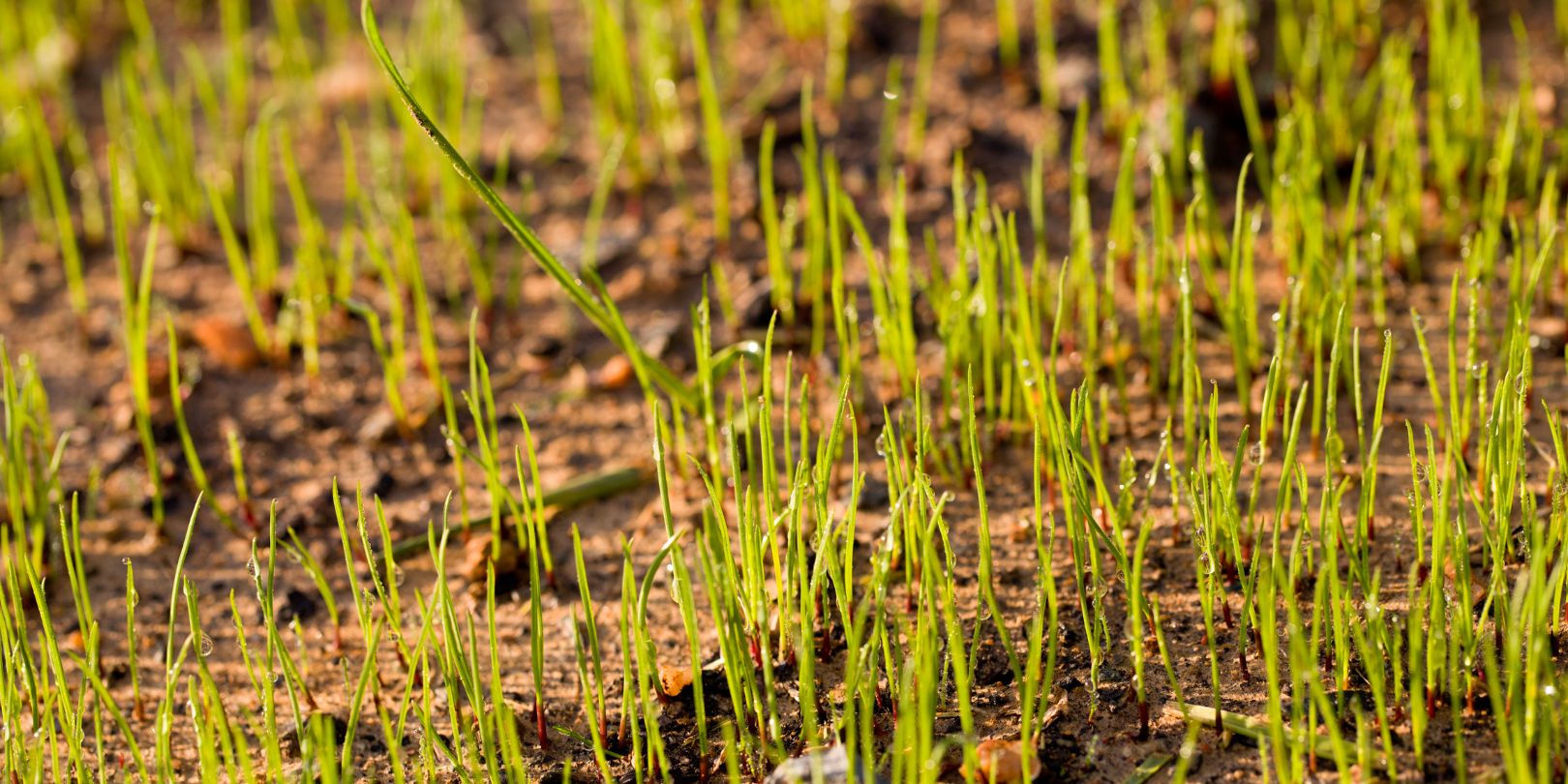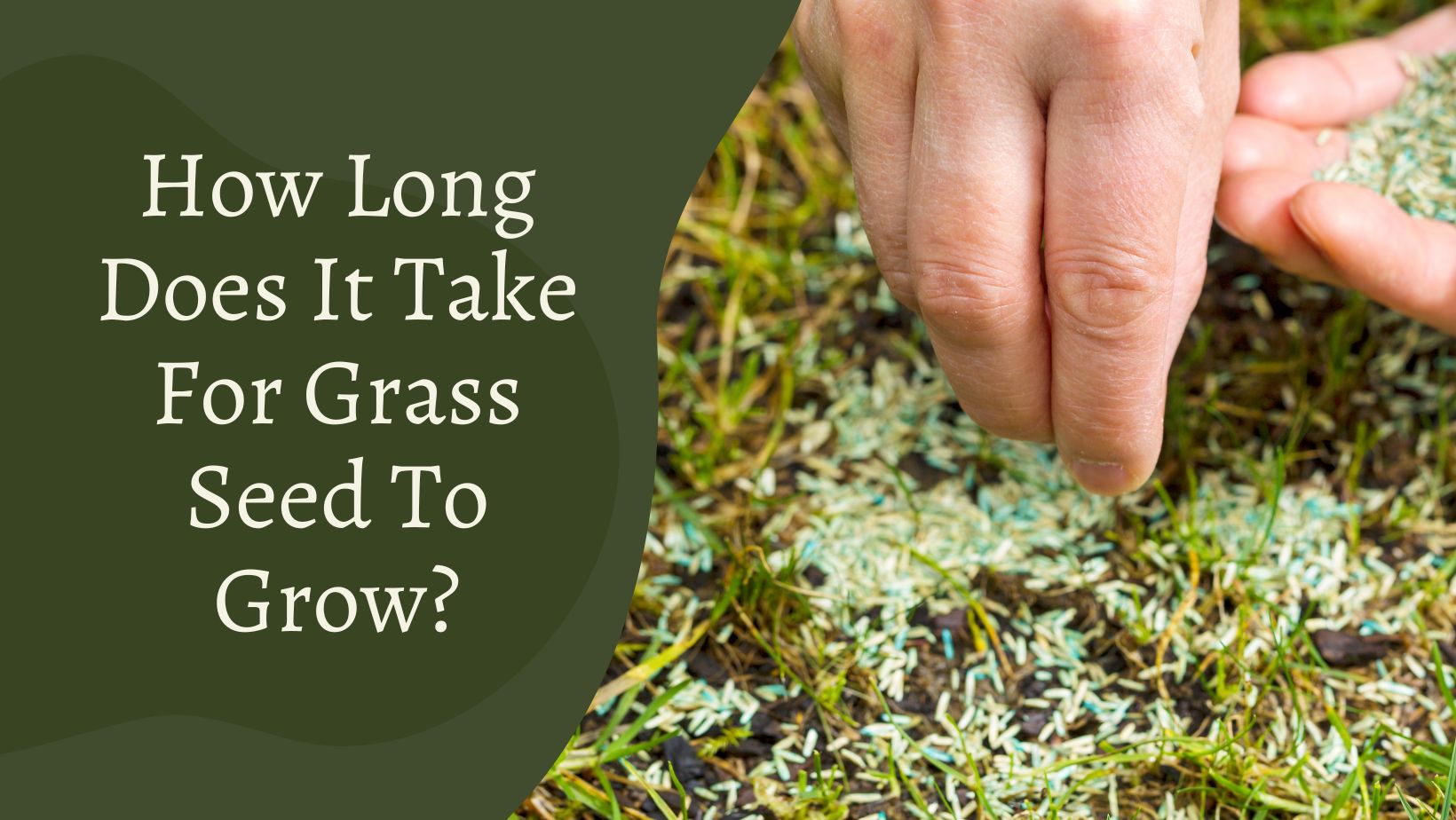Factors Affecting Grass Seed Growth Rate
Grass seed growth rate is influenced by a combination of factors, including climate, soil type, and maintenance practices. Climate plays a significant role in determining the growth rate of grass seed, as different species thrive in various temperature and precipitation conditions. For instance, cool-season grasses grow best in temperate climates with moderate temperatures and rainfall, while warm-season grasses thrive in tropical and subtropical regions with high temperatures and humidity.
Soil type is another critical factor affecting grass seed growth rate. Different soil types have varying levels of nutrient availability, water-holding capacity, and aeration, which can impact seed germination and growth. For example, clay soils tend to retain more water and nutrients, while sandy soils drain quickly and may require more frequent watering.
Maintenance practices, such as watering and mowing, also influence grass seed growth rate. Proper watering techniques, such as providing adequate moisture during the germination stage and gradually reducing water as the seedlings mature, can promote healthy growth. Mowing, on the other hand, can impact growth rate by controlling the height of the grass and promoting dense growth.
Other factors, such as sunlight, fertilization, and pest management, can also impact grass seed growth rate. Understanding these factors is essential in determining how long does grass seed take to grow, as they can significantly influence the growth timeline. By optimizing these factors, lawn owners can promote healthy growth and achieve a lush, thriving lawn.
In addition to these factors, the quality of the grass seed itself can also impact growth rate. High-quality seeds with good germination rates and disease resistance can promote faster growth and establishment. Conversely, low-quality seeds may result in slower growth and increased susceptibility to disease and pests.
How to Create an Ideal Environment for Grass Seed Growth
Creating an ideal environment for grass seed growth is crucial for promoting healthy growth and establishment. One of the most critical factors is soil preparation. Before sowing grass seed, it’s essential to test the soil pH and nutrient levels to determine if any amendments are necessary. Based on the results, add organic matter such as compost or manure to improve soil structure and fertility.
Choosing the right grass species is also vital for creating an ideal environment. Different grass species thrive in various climates, soil types, and levels of sunlight. For example, cool-season grasses such as Kentucky bluegrass and perennial ryegrass grow best in temperate climates with moderate temperatures and rainfall. Warm-season grasses such as Bermudagrass and zoysiagrass thrive in tropical and subtropical regions with high temperatures and humidity.
Maintaining optimal growing conditions is also essential for promoting healthy grass seed growth. This includes providing adequate moisture, especially during the germination stage, and gradually reducing water as the seedlings mature. It’s also crucial to maintain optimal temperatures, as most grass species grow best in temperatures between 60°F and 90°F (15°C and 32°C).
Light is another critical factor in creating an ideal environment for grass seed growth. Most grass species require full sun to partial shade, depending on the species. However, some grasses such as fine fescue and ryegrass can tolerate shade, making them ideal for lawns with limited sunlight.
By creating an ideal environment for grass seed growth, lawn owners can promote healthy growth and establishment, which is essential for determining how long does grass seed take to grow. By following these tips, lawn owners can set their lawn up for success and enjoy a lush, thriving lawn for years to come.
Grass Seed Growth Stages: What to Expect
Grass seed growth can be divided into several stages, each with its unique characteristics and requirements. Understanding these stages is essential for determining how long does grass seed take to grow and for providing the necessary care and maintenance.
The first stage is germination, which typically occurs within 1-3 weeks after sowing. During this stage, the seed absorbs water, and the embryo begins to break down the seed coat. The radicle (primary root) emerges first, followed by the coleoptile (first leaf).
The second stage is seedling establishment, which can take anywhere from 1-6 weeks. During this stage, the seedling develops its root system and begins to produce its first set of leaves. It’s essential to provide adequate moisture and nutrients during this stage to promote healthy growth.
The third stage is tillering, which can take anywhere from 2-6 weeks. During this stage, the seedling produces new shoots and roots, and the lawn begins to take shape. It’s essential to maintain optimal growing conditions, including adequate moisture, nutrients, and sunlight.
The fourth stage is maturation, which can take anywhere from 6-12 weeks. During this stage, the lawn reaches its full height and density, and the grass plants begin to produce flowers and seeds. It’s essential to maintain regular maintenance practices, including mowing, watering, and fertilizing, to promote long-term health and success.
By understanding the different stages of grass seed growth, lawn owners can provide the necessary care and maintenance to promote healthy growth and establishment. This, in turn, can help determine how long does grass seed take to grow and ensure a lush, thriving lawn for years to come.
How Long Does Grass Seed Take to Grow: A General Timeline
Grass seed growth is a gradual process that can take anywhere from a few weeks to several months to complete. Understanding the general timeline of grass seed growth can help lawn owners plan and prepare for the different stages of growth. Here is a general outline of the growth timeline for grass seed:
Germination: 1-3 weeks – This is the initial stage of growth, where the seed absorbs water and the embryo begins to break down the seed coat. During this stage, the radicle (primary root) emerges first, followed by the coleoptile (first leaf).
Seedling establishment: 1-6 weeks – During this stage, the seedling develops its root system and begins to produce its first set of leaves. It’s essential to provide adequate moisture and nutrients during this stage to promote healthy growth.
Tillering: 2-6 weeks – During this stage, the seedling produces new shoots and roots, and the lawn begins to take shape. It’s essential to maintain optimal growing conditions, including adequate moisture, nutrients, and sunlight.
Maturation: 6-12 weeks – During this stage, the lawn reaches its full height and density, and the grass plants begin to produce flowers and seeds. It’s essential to maintain regular maintenance practices, including mowing, watering, and fertilizing, to promote long-term health and success.
Overall, the growth timeline for grass seed can vary depending on factors such as climate, soil type, and maintenance practices. However, by understanding the general timeline, lawn owners can plan and prepare for the different stages of growth and ensure a healthy and thriving lawn.
It’s also important to note that the growth rate of grass seed can be influenced by various factors, including the type of grass seed, soil quality, and weather conditions. By understanding these factors and providing optimal growing conditions, lawn owners can promote healthy growth and establishment, and determine how long does grass seed take to grow.
Common Challenges and Solutions for Growing Grass from Seed
Growing grass from seed can be a rewarding experience, but it’s not without its challenges. Some common issues that may arise during the grass seed growth process include poor germination, thinning, or weed competition. In this section, we’ll address these common challenges and provide solutions to overcome them.
Poor germination is one of the most common challenges when growing grass from seed. This can be caused by a variety of factors, including inadequate soil preparation, insufficient moisture, or poor seed quality. To overcome poor germination, it’s essential to prepare the soil properly before sowing the seed. This includes testing the soil pH and nutrient levels, and adding organic matter such as compost or manure to improve soil structure and fertility.
Thinning is another common challenge when growing grass from seed. This can be caused by a variety of factors, including inadequate watering, poor soil quality, or excessive mowing. To overcome thinning, it’s essential to maintain optimal growing conditions, including adequate moisture, nutrients, and sunlight. Regular mowing and fertilizing can also help promote healthy growth and prevent thinning.
Weed competition is another common challenge when growing grass from seed. Weeds can compete with the grass for water, nutrients, and sunlight, causing the grass to become stressed and thin. To overcome weed competition, it’s essential to use a pre-emergent herbicide before sowing the seed, and to maintain regular mowing and fertilizing practices to promote healthy growth and prevent weed growth.
By understanding the common challenges that may arise during the grass seed growth process, and by implementing the solutions outlined above, lawn owners can overcome these challenges and grow a healthy, thriving lawn from seed. This, in turn, can help determine how long does grass seed take to grow, and ensure a lush, thriving lawn for years to come.
Maintaining Your New Lawn: Tips for Long-Term Success
Maintaining a newly established lawn requires regular care and attention to ensure long-term health and success. One of the most critical aspects of lawn maintenance is mowing. Regular mowing helps to promote healthy growth, prevent weed growth, and maintain a uniform appearance. It’s essential to mow the lawn at the recommended height for the specific grass species, and to leave the clippings on the lawn to act as a natural fertilizer.
Watering is another crucial aspect of lawn maintenance. It’s essential to provide the lawn with adequate moisture, especially during the first year after establishment. However, overwatering can be detrimental to the lawn, leading to shallow root growth and increased susceptibility to disease. It’s recommended to water the lawn deeply but infrequently to encourage deep root growth and make the lawn more drought-tolerant.
Fertilizing is also an essential aspect of lawn maintenance. Fertilizers provide the lawn with the necessary nutrients to promote healthy growth and development. It’s recommended to fertilize the lawn at least once a year, using a balanced fertilizer that contains nitrogen, phosphorus, and potassium. Organic fertilizers, such as compost or manure, can also be used to promote healthy growth and reduce the environmental impact of synthetic fertilizers.
In addition to mowing, watering, and fertilizing, it’s also essential to monitor the lawn for pests and diseases. Regular inspections can help to identify potential problems early, and prevent them from becoming more serious issues. It’s also recommended to maintain a regular maintenance schedule, including activities such as aeration, dethatching, and overseeding, to promote healthy growth and prevent common lawn problems.
By following these tips and maintaining a regular maintenance schedule, lawn owners can ensure long-term health and success for their newly established lawn. This, in turn, can help determine how long does grass seed take to grow, and ensure a lush, thriving lawn for years to come.
Conclusion: Growing a Thriving Lawn from Grass Seed
Growing a thriving lawn from grass seed requires patience, dedication, and a understanding of the growth process. By following the tips and guidelines outlined in this article, lawn owners can create an ideal environment for grass seed growth, overcome common challenges, and maintain a healthy and thriving lawn.
From preparing the soil and choosing the right grass species, to maintaining optimal growing conditions and overcoming common challenges, every step of the process is crucial for achieving success. By understanding how long does grass seed take to grow, lawn owners can plan and prepare for the different stages of growth, and ensure a lush and thriving lawn for years to come.
Whether you’re a seasoned gardener or a beginner, growing a lawn from grass seed can be a rewarding and enjoyable experience. With the right knowledge and techniques, you can create a beautiful and thriving lawn that will be the envy of your neighbors.
So why not start growing your own lawn from grass seed today? With the confidence that comes from understanding the growth process, you can create a lawn that will bring you joy and satisfaction for years to come.
Conclusion: Growing a Thriving Lawn from Grass Seed
Growing a thriving lawn from grass seed requires a combination of knowledge, patience, and dedication. By understanding the factors that affect grass seed growth, creating an ideal environment, and overcoming common challenges, lawn owners can achieve a lush and thriving lawn.
Throughout this article, we have discussed the various stages of grass seed growth, from germination to establishment, and provided tips on how to create an ideal environment for growth. We have also addressed common challenges and provided solutions to overcome them.
By following the guidelines outlined in this article, lawn owners can determine how long does grass seed take to grow and plan accordingly. With the right knowledge and techniques, growing a lawn from grass seed can be a rewarding and enjoyable experience.
In conclusion, growing a thriving lawn from grass seed requires a combination of knowledge, patience, and dedication. By understanding the growth process and creating an ideal environment, lawn owners can achieve a lush and thriving lawn that will bring them joy and satisfaction for years to come.
So, if you’re looking to grow a lawn from grass seed, don’t be discouraged by the challenges that may arise. With the right knowledge and techniques, you can overcome any obstacle and achieve a thriving lawn that will be the envy of your neighbors.









